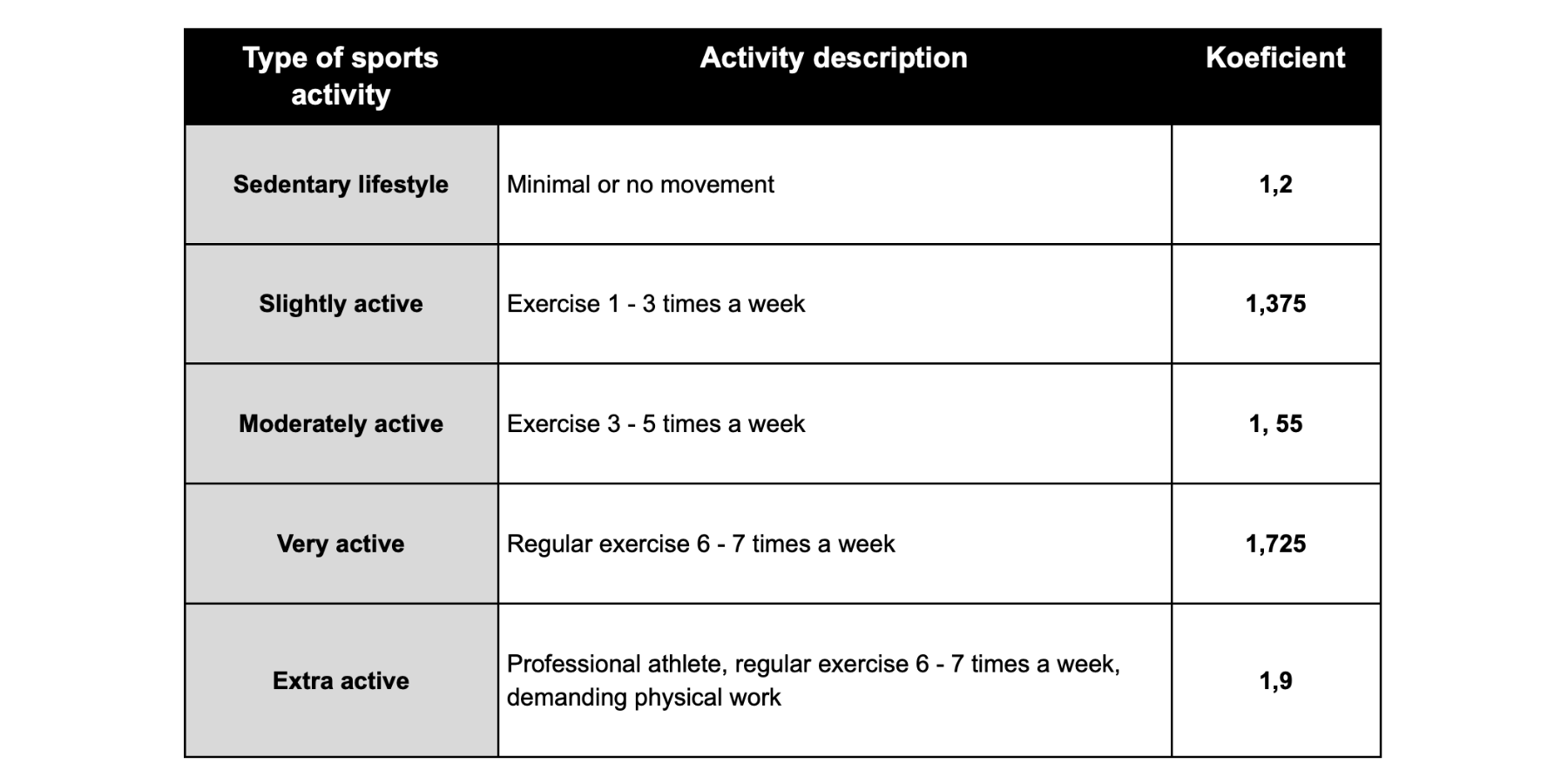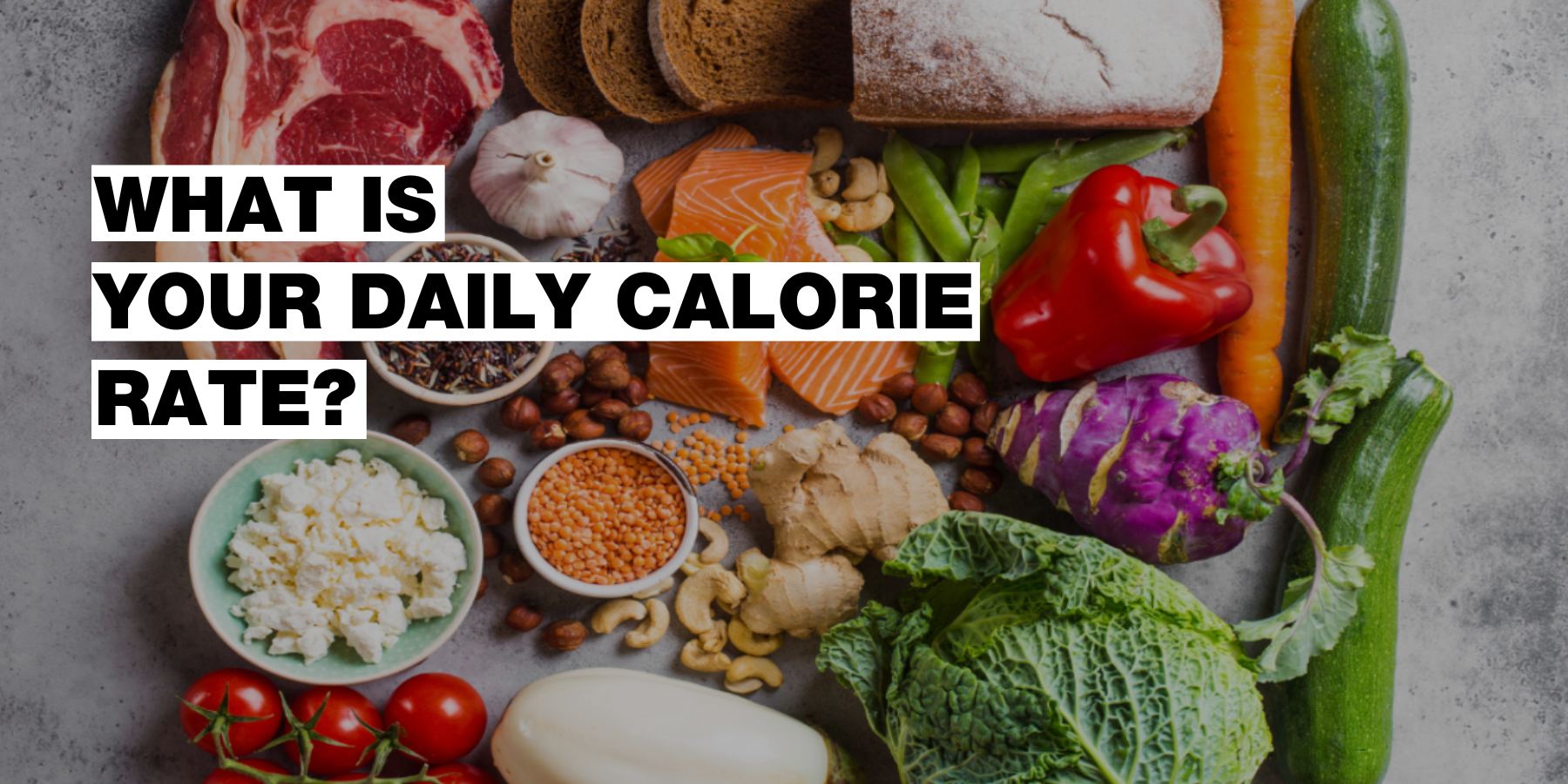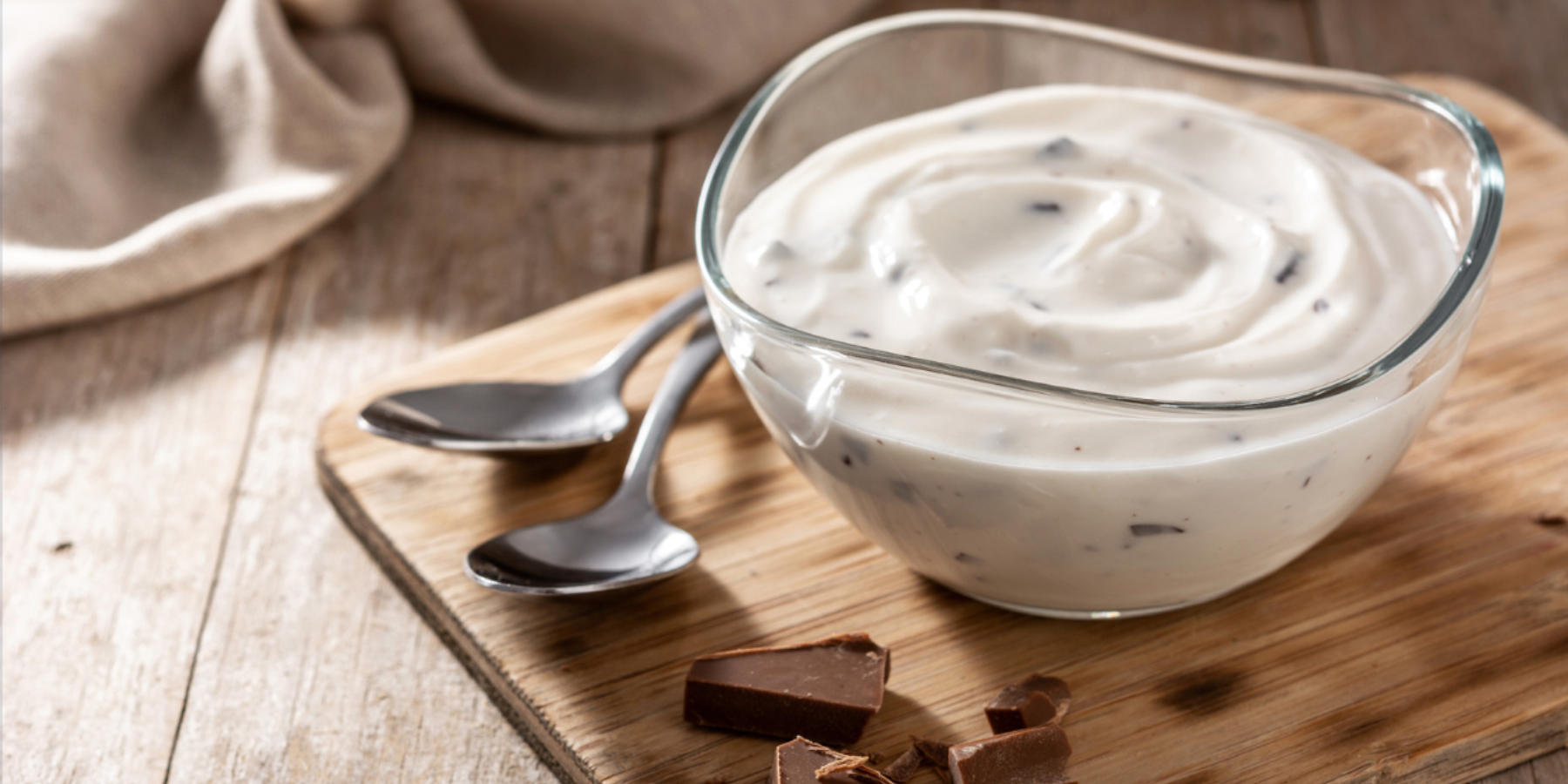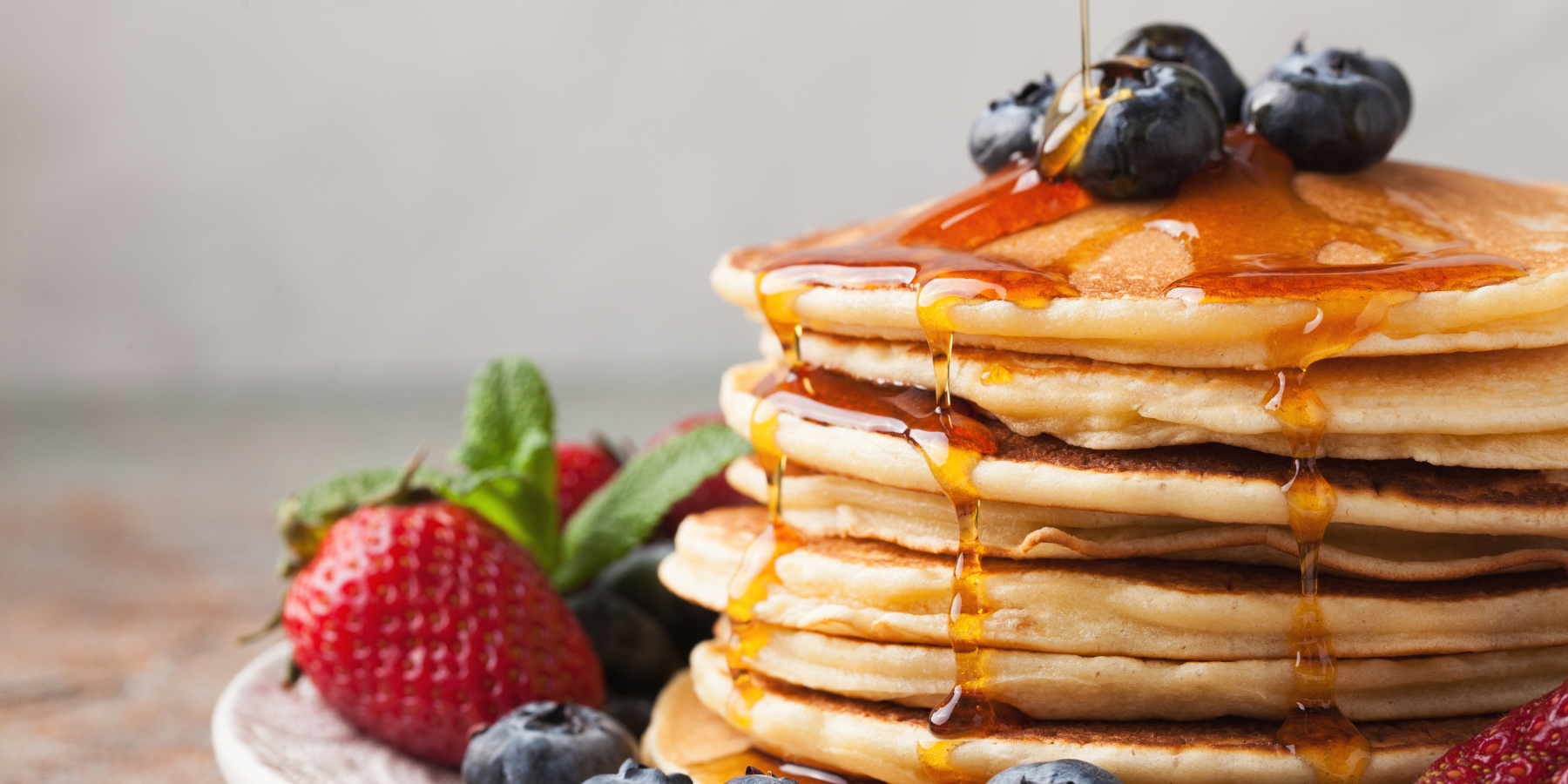Diet plays a key role in all processes in the body. With the help of metabolism, food is transformed into energy, which the body needs for its proper functioning. The quality and balance of the diet affect the condition of each organ in the body and how it functions. But you probably already know this, so let’s move on to the more important facts.
What does the daily calorie intake include, why is it good to know and how to calculate it?
The amount of food your body needs is related to how much energy you use each day. It is important to remember that this number includes not only the amount of energy directly related to physical activity but also energy for vital processes in the body. In simple terms, we can say that the daily norm of calories consists of energy expenditure, physical activity and basal metabolism.
Basal metabolism in brief:
Basal metabolism or Basal metabolic rate (hereinafter BMR) is the approximate amount of energy that the body needs for its proper functioning in absolute rest, for example, during sleep. In such a state, energy is used only to maintain the functionality of basic vital organs such as the brain, lungs, kidneys, etc.
Each organism is individual, and therefore BMR is influenced by such indicators as gender, age, height, weight, figure, metabolic rate, lifestyle, environment and others.
Why should you know your BMR?
Once you know your BMR, you know approximately how many kilocalories you will burn during the day in rest mode. The intake of kilocalories should not fall below this value if you want your body to function properly and well. BMR helps determine how many kilocalories need to be consumed to maintain, lose or gain weight.
How do you easily calculate your daily calorie intake?
To determine the amount of your daily kilocalorie norm, you can use a calculator or calculate it using a formula. However, keep in mind that this is an approximate value. The calculation procedure consists of two steps:
1. Calculate your BMR value
As mentioned above, this is an approximate amount of kilocalories. The only way to get an accurate BMR height is through laboratory testing.
There are three kinds of equations to calculate BMR. The first was the Harris-Benedict equation. In 1990, it was replaced by the Mifflin-St Jeor equation. It is considered a much more accurate calculation than its predecessor and is often used in BMR calculators. The Katch-McArdle formula was later derived from this equation.
We will use the Mifflin-St Jeor equation for our calculation.
For men:
BMR = 10x weight in kg + 6.25 x height in cm – 5x age in years + 5
For women:
BMR = 10x weight in kg + 6.25x height in cm – 5x age in years – 161
2. Multiply the BMR value by the physical activity coefficient, which is divided into 5 groups.

3. The resulting number represents the daily amount of kilocalories that must be taken to maintain your weight.
If you want to lose weight, you should take in fewer kilocalories. As a rule, it is 10% less than the daily maintenance norm. If you need to gain weight, you should take 10% more than the daily maintenance norm.
Two healthy sweet recipes for breakfast or a snack:
Light and tasty stracciatella dessert
This recipe is guaranteed to make you happy! It is tasty, full of protein and easy to prepare and, above all, ready in a few minutes. It’s great as a snack in between meals or for a quick breakfast when you’re short on time.
Ingredients:
1 portion
- 100 g semi-fat cottage cheese
- 60 g of Greek yogurt
- 20 g of grated dark chocolate (we recommend 85%)
- 5 g of coconut protein (you can substitute any other protein or not use it at all in the recipe)
Instructions:
Mix cottage cheese with yogurt and protein. Mix well to create a smooth mixture, into which you finally grate the dark chocolate. And done! Extra fast, what do you say?
Nutritional values for 1 portion:
278 KCAL (proteins 21 g, carbohydrates 10 g, fats 13 g)
 Curd-banana pancakes
Curd-banana pancakes
If you long for a sweet, healthy breakfast in the morning, we have a recipe for soft and super tasty pancakes made from a few ingredients.
Ingredients:
For the dough (approx. 25 pancakes):
- 1 medium-sized ripe banana
- 125 g semi-fat cottage cheese
- 2 medium-sized eggs
- 1 spoon of coconut milk
- 2 spoons of rice flour
For seasoning/decoration to taste:
- Fruit (e.g. blueberries, cherries, raspberries, etc.)
- Chopped nuts (e.g. almonds, pistachios, cashews)
- Maple, date syrup or any other
Instructions:
Put all the ingredients for the pankakes in a blender and blend until smooth. A smooth, compact dough should be formed, which will spread well in the pan. It should not be very thin, but not completely dense either. If it is very thin, add more rice flour and mix again. If it becomes very thick, add water or coconut milk and blend the mixture again. Bake the pancakes on both sides until golden brown in a dry frying pan over medium heat. It’s a fairly quick process. So be careful not to burn them.
Tip:
If bubbles form on your pancakes during baking, you can now turn them. Serve garnished to taste. They are perfectly combined with thawed sour cherries, chopped pistachios and a drop of maple syrup.
Nutritional values for approx. 25 pancakes without decoration:
512 KCAL




































 Curd-banana pancakes
Curd-banana pancakes

